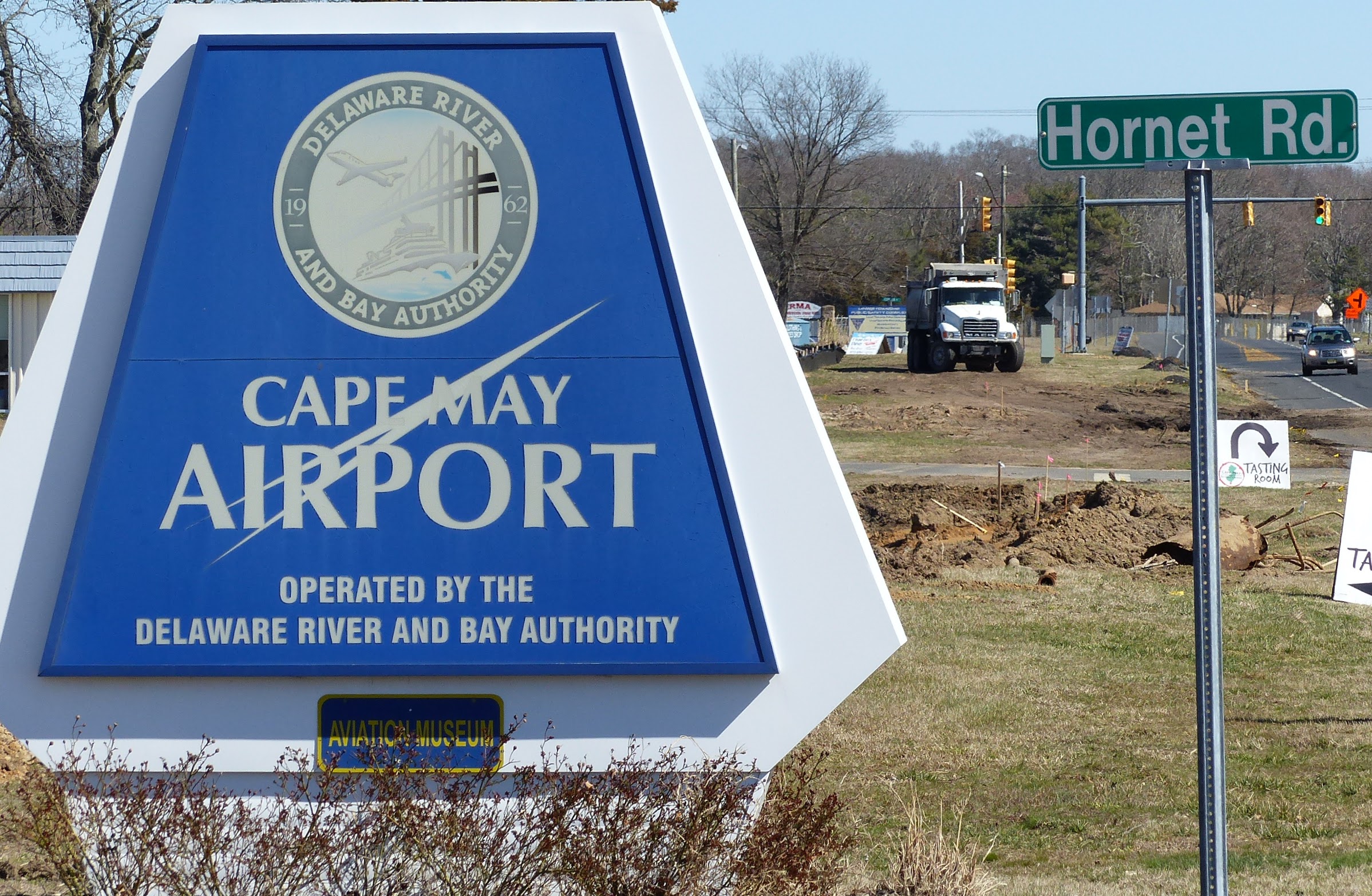Daily, during the school year, a bright yellow bus dutifully stops each morning across the street and down the block to pick up pupils. No longer do children walk to a more distant, although not terribly far, bus stop.
There was a recent media flap about parents whose “feral” children walked about the town without parental supervision.
On the other hand, we have seen surveillance video of children who, accosted by would-be abductors, had the good sense to run. Just last week, I received an email message for a KidsConnect GPS Tracker Cell Phone that tracks children so a parent could know where his or her child is/was, and has four pre-programmed numbers so the child could call home if needed.
Fear has been well planted and it is growing taller every day with solid reasons. Who’s to blame?
Keeping all that in mind, I was floored by an article in “The Atlantic,” “Why Japanese Kids Can Walk to School Alone” by Selena Hoy, a Tokyo-based freelance writer. It told how, in that most crowded city, children freely take mass transit without holding mom or dad’s hand. Imagine that in New York or Philadelphia or Cape May County.
Here, where we are overly protective of our children, it’s likely that parents or guardians of children who might allow their child to “roam” to school or the library or elsewhere unfettered would likely get a visit from the state agency, whatever its name, that oversees child care.
The difference, at least one of them, according to Hoy, is that in Japanese society children are schooled from an early age in what was termed, “group reliance.” Her story quoted Dwayne Dixon, a “cultural anthropologist who wrote his doctoral dissertation on Japanese youth.” He noted that youngsters in Japan are taught to ask help from others, since they believe in assisting one another in community.
Yes, there was a time when even Cape May County was untouched by the “real” mean world. It was a time when door locks were seldom, if ever, used. Children could be granted freedom with the admonition, “Be home for dinner.” Parents spoke those words without a care that harm might come to their children.
Communities, at least here, and I have to believe in many other places, were closer. People knew their neighbors, for better or worse. They were not an insulated populace. They spoke to each other, they relied upon each other. Life was good but we didn’t know just how good.
Where did this train go off the track? Good question.
One theory has it that once air conditioning became a popular thing in summer, people no longer needed to sit outside on porches to cool off. Being out there gave everyone the opportunity to wave at neighbors, chat with them, maybe even swap a pie or a cake, talk about fishing or fixing cars.
That’s community, it cannot be bought, it has to be cultivated. We have largely lost that art of cultivation, hence we are becoming ever more fragmented.
Another interesting facet mentioned in the article, that some local schools are doing, perhaps with the idea borrowed from the Japanese, is assigning pupils classroom jobs. It’s not so much work as learning responsibility.
In Japan, pupils serve lunch. Imagine this, Japanese children learn to clean toilets in school. Such mundane chores build “pride of ownership,” according to Hoy, and that reinforces “consequences of making a mess, since they’ll have to clean it up themselves.”
Apparently early learning points cling. According to the article, most Japanese streets are fairly clean.
“A child out in public knows he can rely on the group to help in an emergency,” Hoy wrote.
No one wants to live in an unsafe neighborhood; still we cling desperately to our privacy. It’s none of our business what neighbors do, or what their children do, we opine. Then we wonder why society is falling down around us.
Anything short of near total isolation makes us uneasy; I believe that attitude changes with geography. Talk to anyone who has crossed this nation on a bicycle or even by car, and most will tell you in the Mid-west and West, attitudes are so different from here. Strangers smile and say “Howdy! Nice day isn’t it?” They expect the same in return.
Try that in Wildwood or Court House and see what answer you get, if any. Most people will talk right past you, as if you were a ghost; they’ll stare at the pavement before they’ll look at you or utter a word. This is the land of the free and the home of the brave? Imagine what it would be like in a land of the oppressed and chicken-hearted.
May a change come with the generation that is young. May they enjoy that new breath of a truly free people, free from fear, knowing the other fellow feels the same way. We talk unity, but we certainly don’t “walk” unity.
Back to the notion of bussing children to school, Hoy also touched on that. She wrote that in Japanese cities walking is common and public transportation beats being secluded in one’s automobile. Alone with one’s thoughts we know minds can run rampant.
Her article concluded with the notion that, when parents let their children walk freely, they show a large degree of trust, “not only in their kids, but in the whole community.”
If you have an opportunity, read Hoy’s article, it’s freely available on “The Atlantic’s” website. Will we ever attain that level of public trust so children can go free, being home in time for dinner?







